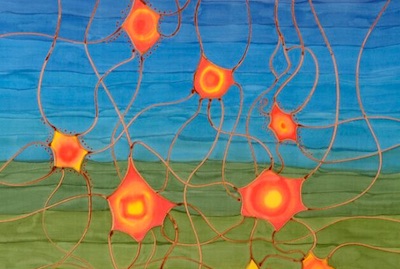
Lou Gehrig, the legendary “Iron Horse” of baseball known for his durability on the diamond, is among the most famous people to develop amyotrophic lateral sclerosis (ALS), a rare progressive neurodegenerative disease. In fact, 80 year after his death, ALS is often referred to as Lou Gehrig’s disease. Then, as now, there is no cure.
Despite this, scientists have long sought to unravel what causes the disease and develop better treatments for it. Research in the tropical fish, zebrafish, has turned up clues that could help in this effort.
In the latest advance, University of Utah Health researchers have detected a set of genetic mutations that appear to increase a person’s risk of developing ALS. They say the discovery of mutations in a gene that has never been associated with ALS before could help scientists develop new therapies to slow or even stop the progression of the disease.
In laboratory studies, the researchers found that disabling the gene, called TP73, in zebrafish impaired the development of nerve cells in a way that mimicked what appears to occur in ALS. They also found evidence that the mutant gene, which normally inhibits programmed cell death in motor neurons, doesn’t work properly. As a result, they suspect that programmed cell death is more likely to occur.
The finding suggests that cell death could potentially become a new focus or target for treatments.
